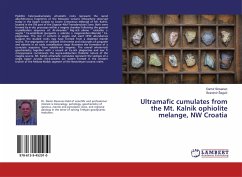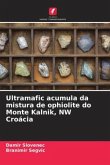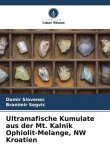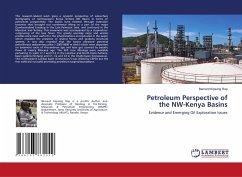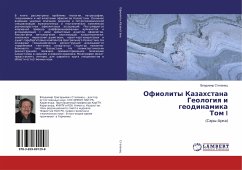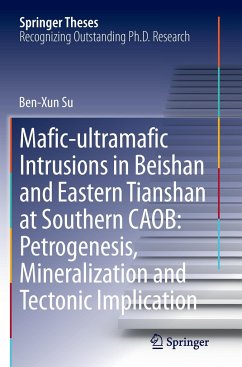Poikilitic heteroadcumulate ultramafic rocks represent the rarest allochthonous fragments of the Mesozoic oceanic lithosphere observed today in the Upper Jurassic to Lower Cretaceous mélange of Mt. Kalnik, located in the SW part of the Zagorje-Mid-Transdanubian Zone. Both were formed by in-situ processes within a magma chamber following the general crystallization sequence of: Al-chromite " Mg-rich olivine " enstatite ± augite " Ca-amphibole (pargasite ± edenite ± magnesiohornblende) " Ca-plagioclase. The low Ti content in augite and scant HFSE abundances suggest the studied rocks may have formed from a depleted mantle source. The segregation of oxidized Al-chromite and oikocrysts of pargasite and edenite in an early crystallization stage illustrates the formation of a cumulate sequence from volatile-rich magmas. The overall whole-rock geochemistry together with a record of Ca-rich plagioclase and low Ti clinopyroxene corroborate the supra-subduction tholeiitic nature of the magma source. Mt. Kalnik ultramafic cumulates represent the vestiges of a single Upper Jurassic intra-oceanic arc system formed in the western branch of the Meliata-Maliak segment of the Neotethyan oceanic realm.
Bitte wählen Sie Ihr Anliegen aus.
Rechnungen
Retourenschein anfordern
Bestellstatus
Storno

